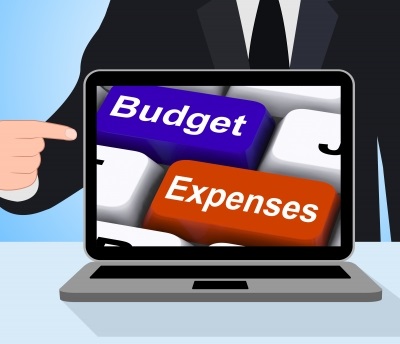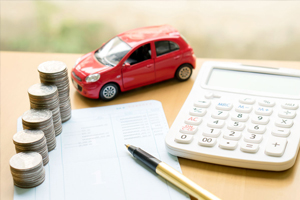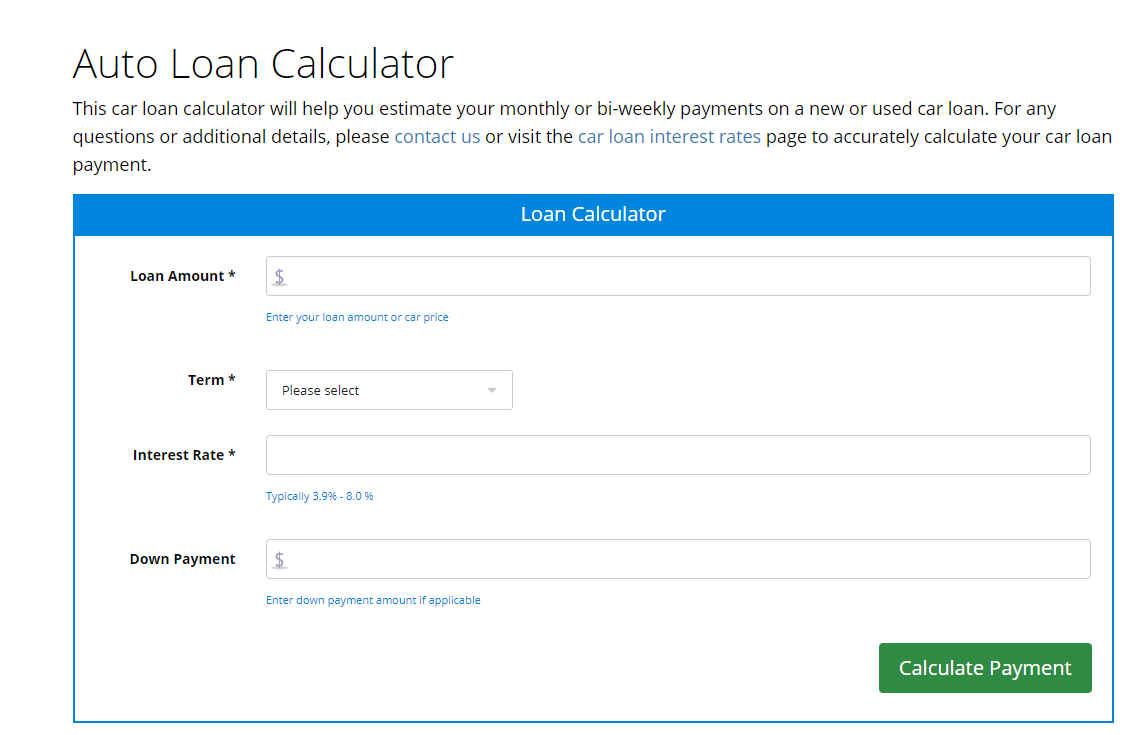Ready, Set, BUDGET!
 Do you have dreams of something big this year like arranging auto financing or perhaps even shopping for a house? Well you’re going to have to get your financial house in order first. When you have bad credit, repairing it is a lot easier when you pay your bills on time, every time. The best way to make sure you don’t end up with more “month than money” is to develop a household budget.
Do you have dreams of something big this year like arranging auto financing or perhaps even shopping for a house? Well you’re going to have to get your financial house in order first. When you have bad credit, repairing it is a lot easier when you pay your bills on time, every time. The best way to make sure you don’t end up with more “month than money” is to develop a household budget.
The holidays are over, many of the decorations are put away, and the egg nog is off the shelves. Now we’re officially in the throes of winter and it’s time to take a good, long look at your finances. If you don’t think now is the time, just wait! The credit card statement with your holiday spending should be in your mailbox any day now. Once you’ve settled down and have gotten over the shock of just how much you spent this year, get out your calculator. We’re going to have some fun with math!
Learn from History
To make an accurate budget, it’s important to start with your past. That means your past spending habits, in this case. Your online banking statements should go back at least six, if not 12 months. The same goes for your credit card statements. If you haven’t really been keeping track of your spending, we can promise you this will be an enlightening experience. When you lay everything out on paper and see just how much of your money seemingly evaporates on silly things, you may need to sit down for a little while. It’s OK, you’re doing this because you want to make things better and you can’t do that without learning from history.
Fixed, Variable and Discretionary Expenses
When you have done the prior exercise, you will probably find some of the spending pretty shocking. There are some areas you can change, and some you can’t. This is where we get into the territory of fixed, variable and discretionary expenses. Fixed expenses are things that don’t change from month to month like your mortgage payment or rent, your car loan payment, car insurance or property taxes if you own a home. When you’re developing a budget, there is no wiggle room for these costs if things get a little tight.
Then there are the variable expenses, the ones you can estimate for but not necessarily control. For example, you can lighten the load by doing some car maintenance yourself but no matter how handy you are, there are some repairs that will be out of your depth. Your phone bill could change from month to month based on your long distance calls. Your utility bills could change based on the temperature or lighting conditions outside. Your fuel costs can fluctuate wildly based on the decisions of an oil cartel half a world away. On our blog, we spend a lot of time talking about the things you can do to lower your overall costs of vehicle operation. In these posts, we’re usually talking about variable expenses.
The last category is discretionary expenses. This is the area where you have the most control. If your grocery bill seems really high, you can opt for meatless meals a couple of times a week. You can examine your entertainment budget to decide if you really need to go to the theater to see that movie, or if you can wait until it shows up on Netflix. Drop your cell phone service to the next level down, but make sure you don’t end up making up for it in data overages. Consider (gasp!) cancelling your cable subscription. If any one of these suggestions seems like more than you can handle, don’t worry. Remember, these are the expenses YOU can control.
Use a Budget Template
Once you have your historical information gathered, you have the foundation for your household budget. It may be tempting to sit down with a pen and paper or an Excel spreadsheet and develop something on your own, but why? There are a myriad of household budget calculators available online – FOR FREE! This one is pretty straightforward and easy to use. The whole process of budgeting seems easy enough, but it’s when you enter your net income and your expenses for the most expensive month in your six month history that things get tricky. Why the most expensive month? Because if you budget for an average month and then your variable costs exceed your set amount, you’re over budget. Once you have gone to all this trouble of creating a budget, it only works if you can stick to it! Be sure to add a small cushion, approximately 10%, especially for the first few months.
Stick to It!
The only way to know for sure how well you have done when developing your budget is to stick to it for at least six months. Until you get the hang of staying within your monthly pre-set limits, it can seem pretty tedious to track every single penny you spend, but it’s a necessary evil. Keep receipts while you’re away from home and keep a little notebook to write down smaller cash purchases (Latte Factor, anyone?) so that you can enter it all into the budget tracking method of your choosing. Be sure to use accurate descriptions for your purchases so you can appropriately categorize those expenses.
We know, making a budget and sticking to it isn’t exactly the fun and exciting life you thought you’d be leading when you were a kid dreaming of growing up. However, it is one of the best ways to make sure you have the money to fund the treats that go with grown up life. It’s also a great way to keep the stress in your life to a minimum.
When planning that budget, did you leave the line for a car payment blank because bad credit is keeping you from applying for a car loan? At Auto Loan Solutions, we specialize in finding auto financing for people with good or bad credit. Call or fill out our 10 second auto loan application form on the right side of this page and get pre-approved in minutes. Also be sure to share it with your friends and followers on social media!






